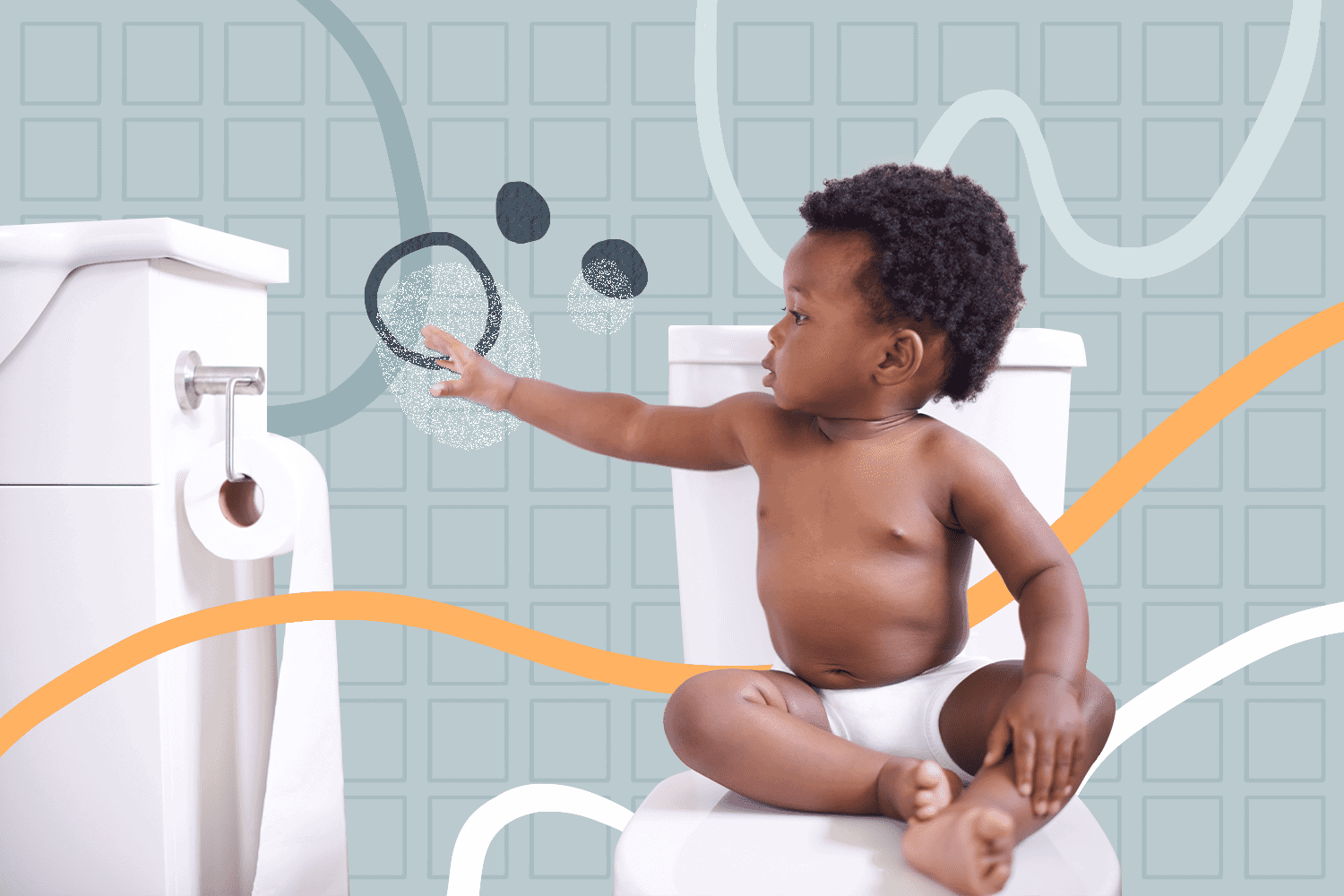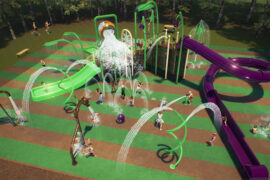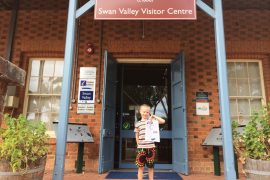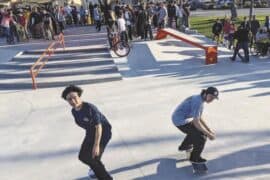Toilet Training in Just 3 Days: A Joyful Guide for Parents
Hello, lovely parents! ? Are you ready to dive into a world where diapers are a thing of the past? It sounds magical, doesn’t it? Well, you’re in the right place! Welcome to our super-duper guide on toilet training in just 3 days! It’s going to be an exciting adventure for you and your little one. So, buckle up, as we’re about to embark on this joyful ride together!
? Prep Up for Success: Getting Ready for Toilet Training
Before we begin, let’s gather all our potty training essentials. We’ll need a child-friendly potty chair or seat, lots of encouraging stickers, and a big dose of patience and positivity. Remember, preparation is key, and having everything at hand will make the process smoother and more fun!
? Understanding the 3-Day Method
The 3-Day Toilet Training method is like a little sprint in the world of parenting. It’s focused, it’s intense, but oh-so-rewarding when you see your little one mastering the art of using the toilet. With gentle guidance, consistency, and loads of celebration for every tiny success, your toddler will be nappy-free like a champ!
? Day 1: Let the Potty Party Begin!
On the first day, the party kicks off with saying goodbye to diapers and hello to big-kid underwear or training pants! It’s all about making your toddler feel excited and involved in the process. Make sure to clear your schedule because today, you’ll be your child’s personal potty cheerleader!
- Start with a potty introduction, let your child explore it and understand what it’s for.
- Create a potty schedule, getting them to sit on the potty at regular intervals.
- Celebrate every attempt, successful or not, with claps and encouraging words.
? Day 2: Learning and Encouragement
Day two is about reinforcement and recognizing the signs that your child needs to go. You’ll be on high alert, but it’s crucial to keep calm and carry on! Lots of fluids mean more practice opportunities, so keep that water bottle handy. Always keep the atmosphere light and stress-free for your little toilet trainee.
- Watch for cues that indicate your child needs to use the potty.
- Praise their effort and encourage them to communicate when they need to go.
- Prepare for accidents with kindness and a reassuring smile. It’s all part of the learning process!
? Day 3: Gaining Independence
By the third day, you’ll see progress and budding independence as your little one starts getting the hang of it. Reinforce the routine, offer gentle reminders, and continue the praise parade. It’s amazing how quickly kids can adapt with the right support and enthusiasm from their favorite cheerleaders – yes, that’s you!
- Encourage self-initiation; let your child tell you when it’s potty time.
- Stay consistent with the routine established on days one and two.
- Expect a few accidents; they’re valuable learning moments.
Now, before you think we’re all done, remember that toilet training is a huge milestone, and every child’s journey will be unique. Some might ace it in three days, while others might need a little more time. That’s perfectly okay! ? The goal is to create a positive and supportive environment where your child feels confident and empowered to take this step toward big kid status!
As we sprinkle our last bits of encouragement for today’s guide, remember, parents, that patience and consistency are your best friends during this process. With these by your side, you and your little one are sure to experience a successful and joyful potty-training journey. Keep the vibes up, the support strong, and let’s get ready to celebrate a significant milestone together! Stay tuned for the upcoming section with more detailed tips and tricks that will help you navigate any potty predicaments with ease.

? Five Essential Things Parents Should Know in Preparing for Toilet Training in 3 Days
Embarking on a toilet training adventure can be as thrilling as it can be daunting. But worry not! By keeping these five essential tips in mind, you’ll set the stage for a triumphant three-day toilet training experience.
- Know Your Child’s Readiness: Before embarking on this three-day quest, it’s critical to recognize the signs that your child is ready for potty training. These signs can include showing interest in the bathroom habits of others, indicating when they have a wet or soiled diaper, or being able to pull their pants up and down. If your little one is demonstrating these behaviors, they’re likely ready to take on toilet training!
- Create a Potty-Friendly Environment: Turn the bathroom into a welcoming space for your toddler. This means decorating the potty with fun stickers, ensuring the potty is easily accessible, and even accessorizing with a colorful step stool. Enhance the environment to excite your child about using their special potty.
- Plan the Perfect Timing: Choose three consecutive days where you can devote your time and attention to your child’s potty training. Clear your calendar of any appointments or outings and prepare activities that can be interrupted for quick trips to the bathroom. Consistent focus during these days is vital for success.
- Gather Supplies Ahead of Time: Stock up on essentials like easy-to-remove clothing, extra pairs of training pants or underwear, and the all-important reward system, whether it’s stickers, stars, or a small treat for every successful potty trip. Keep cleaning supplies on standby for any slip-ups that occur along the way.
- Establish a Solid Support System: Inform any other caregivers about the three-day potty training plan. Consistency across all adults in your child’s life will reinforce the training. Share your strategies and goals so everyone is on the same page and your little one receives a cohesive, supportive experience.
? Tailoring the Process to Your Child
Every child is unique, which means flexibility is crucial. Adapt these suggestions to fit your child’s personality and developmental stage. Some children might respond well to direct instructions, while others need a bit of play to make the process more engaging. Observe and pivot as needed, and remember, this is not just about reaching the destination – it’s about enjoying the journey together!
? Making the Potty Inviting
Children often respond to visuals, so don’t shy away from making the potty as inviting as possible. Maybe you have a themed potty that represents your child’s favorite animal or character. Or perhaps you turn each successful potty attempt into a “flush party”. The key is to make it fun and something they look forward to.
?Stay Hydrated, But Not Too Late:
Encouraging plenty of fluids can increase the number of successful trips to the potty, which is great for practice! However, start reducing liquid intake as evening approaches to prevent nighttime accidents, and be sure to make a potty trip part of the bedtime routine.
? Prepare for Nighttime:
Nighttime training often takes longer than daytime training – after all, controlling one’s bladder for an entire night is a skill that may not come within three days. During this training period, using waterproof mattress covers and keeping a nightlight on can help ease any middle-of-the-night sessions.
Transitioning out of diapers into big-kid underwear is a significant event in your toddler’s life. Your encouragement, understanding, and cheer can turn this necessary step into a fun and joyful occasion. Embrace the process, anticipate the setbacks, and celebrate every triumph, however small. With a spritz of persistence and a dash of love, your child will be potty trained in no time. Now, let’s continue onto more specifics that will ensure a smooth-sailing potty training experience, shall we?
See more great Things to Do with Kids in New Zealand here. For more information see here
Disclaimer
The articles available via our website provide general information only and we strongly urge readers to exercise caution and conduct their own thorough research and fact-checking. The information presented should not be taken as absolute truth, and, to the maximum extent permitted by law, we will not be held liable for any inaccuracies or errors in the content. It is essential for individuals to independently verify and validate the information before making any decisions or taking any actions based on the articles.




